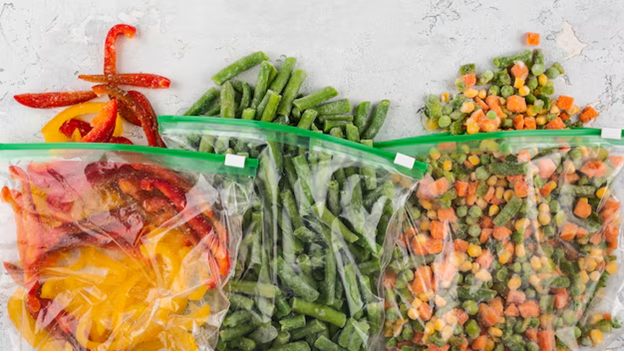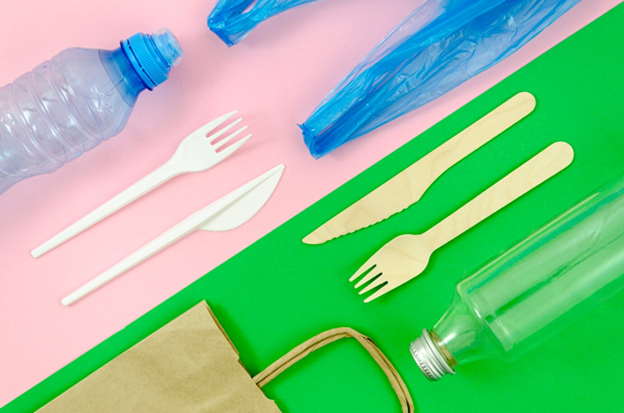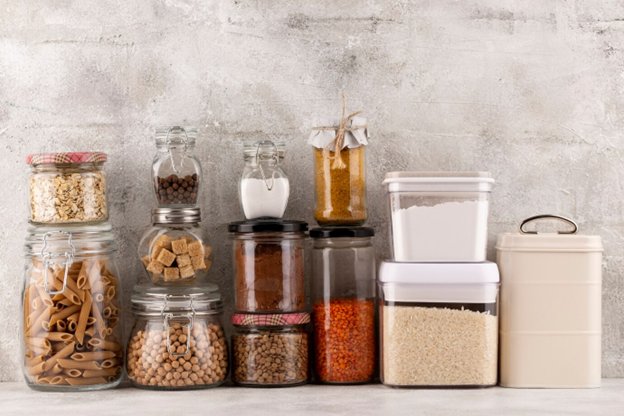Walk through any modern home, and you’ll find plastic everywhere, especially in the kitchen. From leftover containers to water bottles, household plastic items dominate our daily lives. But here’s the kicker: that cheap takeout container you’ve reused five times? It might be leaching chemicals into your food.
After helping dozens of friends sort their kitchen plastics, I’ve learned this isn’t just about recycling symbols. It’s about knowing which household plastic items won’t poison your family. Let’s cut through the confusion.

What Makes Plastic “Food-Grade”?
True food-grade plastic isn’t your average supermarket packaging. It’s:
- Tested rigorously – No toxic dyes, BPA, or phthalates that can migrate into food.
- Regulated worldwide – FDA (USA), FSSAI (India), and EU standards enforce strict rules.
- Purpose-built – Designed to resist heat, acids, and oils without breaking down.
Fun fact: Many “BPA-free” household plastic items now use BPS instead—a chemical cousin that might be just as harmful. Always check for full certifications.
5 Ways to Test Plastic Safety (Like a Pro)

1. Crack the Recycling Code
That tiny triangle with a number? It’s your cheat sheet:
- #1 (PET) – Your soda bottle. Toss after use—it grows bacteria fast.
- #2 (HDPE) – Thick, opaque jugs for milk or detergent. Handles cold like a champ.
- #4 (LDPE) – Cling wrap and squeeze bottles. Keep it cool—heat warps it.
- #5 (PP) – The MVP. Microwave-safe and sturdy (think Tupperware).
Red flags:
- #3 (PVC) – Found in shower curtains, not food! Contains hormone disruptors.
- #6 (PS) – Styrofoam takeout boxes that leach styrene when heated.
- #7 (Other) – Often polycarbonate with hidden BPA.
2. Decode Hidden Symbols
Manufacturers leave clues:
- 🍴 Fork & cup icon = Safe for direct food contact.
- ☢ Microwave waves = Can handle reheating (but check the code—some warp).
- ❄ Snowflake = Freezer-friendly.
Pro tip: No symbols? Assume it’s NOT food-safe.
3. Play Detective with Labels
- “BPA-Free” ≠ always safe. Look for “FDA Compliant“ or “Food Contact Approved“.
- Beware vague terms like “Eco-Friendly“—they might mean compostable, not food-safe.
4. The Sniff Test (Seriously)
New plastic smelling like a chemical factory? Return it. Food-grade plastic has minimal odor.
5. When in Doubt, Glass It Out
That stained, scratched container? Retire it. Damaged plastic harbors bacteria in microscopic cracks.
Plastic Wisdom from Grandma’s Kitchen
- Hot soup? Only #5 (PP). Others melt or leach
- Freezing berries? #2 (HDPE) bags beat flimsy #4 wraps.
- Baby bottles? Glass or certified #5 PP. No exceptions.
- Washing hacks: Use baking soda paste, not steel wool—scratches invite germs.
The Quick-Reference Table
| Code | Where to Find | Safe Uses |
| #1 PET | Water bottles | Single-use drinks |
| #2 HDPE | Shampoo bottles, yogurt tubs | Cold storage, durable goods |
| #4 LDPE | Bread bags | Wrapping cold foods |
| #5 PP | Microwave lids | Reheating, baby gear |
Plastic Offenders Banished from My Kitchen
PVC cling wraps – Swapped for beeswax covers.
Styrofoam cups – Now in compostable paper.
Fuzzy takeout containers – Upcycled as planters, not food holders.
Summing It Up
I learned this the hard way when my favorite “microwave-safe” container warped into a toxic-looking mess. Now, I:
- Audit plastics yearly – Cracks or stains? Out they go.
- Invest in quality – Brands like Vectus cost more but last decades.
- Glass is gold – For acidic foods (tomato sauce, pickles), I never use plastic.
Your health isn’t worth risking on dubious plastics. Stick to certified household plastic items, know your codes, and whenever possible, opt for the ones that are safe for you as well as the environment.
